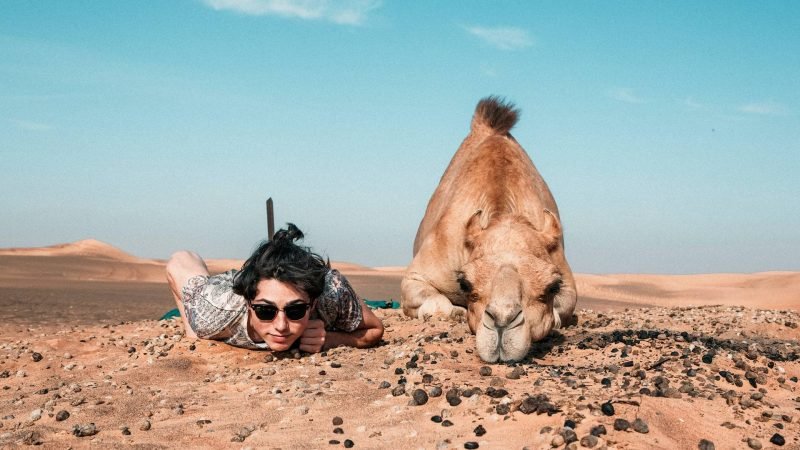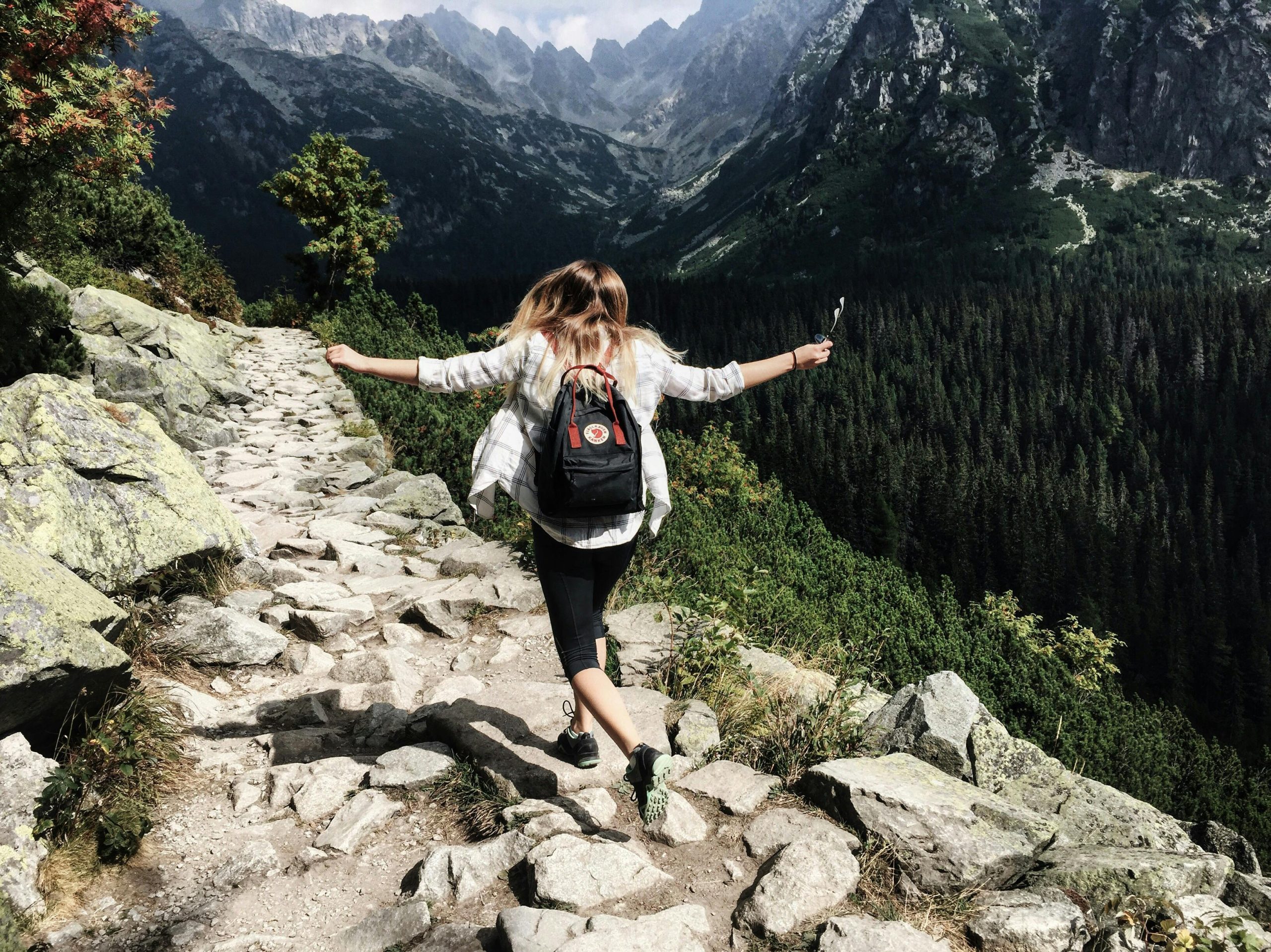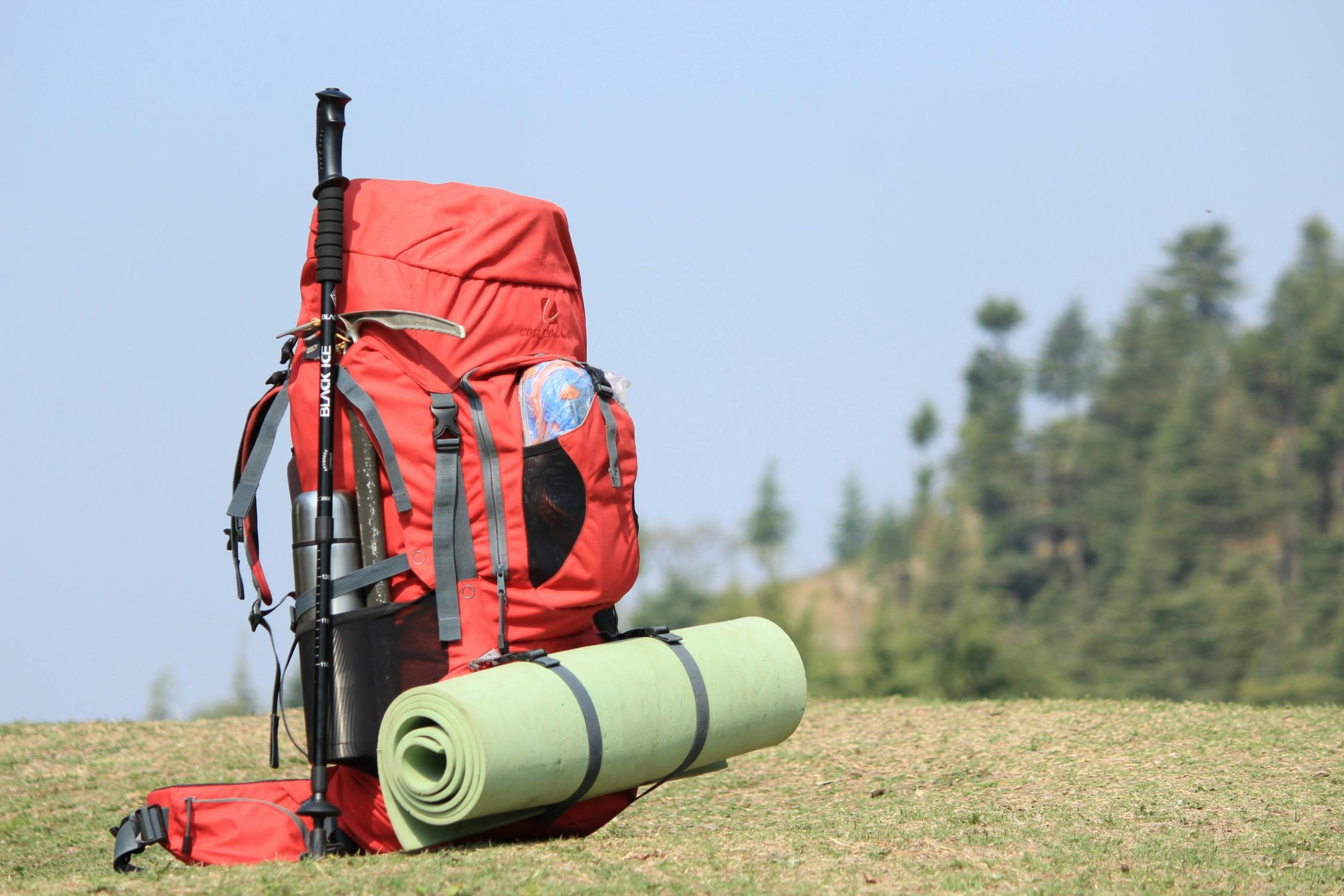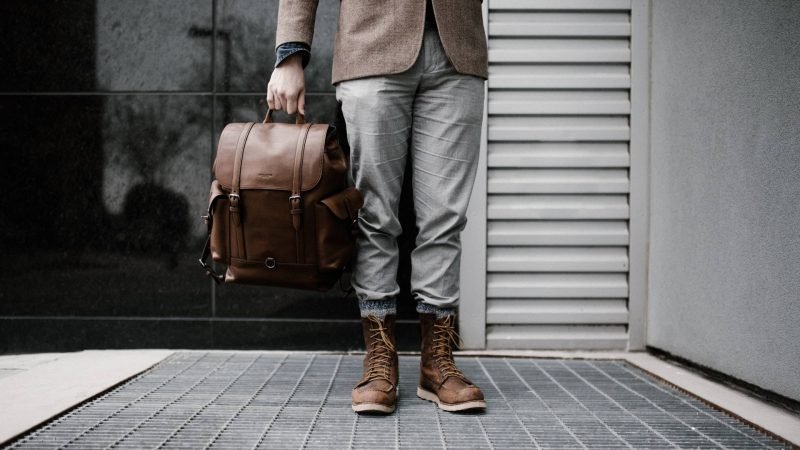Traveling offers the chance to witness the incredible diversity of the animal kingdom—and in some parts of the world, you can even ride these amazing creatures. While animal tourism can be controversial, there are ethical and responsible ways to engage with animals, especially when rides are offered under strict welfare guidelines. Let’s explore some exotic animals around the world that you can ride safely and responsibly.
1. Camels – Across Deserts of the Middle East & North Africa
Where: Morocco, Egypt, Jordan, UAE, India
Why It’s Safe: Camels have been used for transportation for thousands of years. When properly cared for, they are strong, resilient animals accustomed to carrying weight.
Experience: Ride a camel through the dunes of the Sahara Desert in Morocco, explore the pyramids of Giza in Egypt, or take a desert safari in Dubai.
🐪 Tip: Always choose operators that offer shade, regular rest breaks, and well-treated animals.
2. Elephants – Only at Certified Ethical Sanctuaries
Where: Thailand, Sri Lanka, Laos
Why It’s Conditional: Traditional elephant rides are discouraged. However, a few sanctuaries allow riding bareback only if it doesn’t harm the elephant and is part of their enrichment.
Experience: Visit places like the Elephant Nature Park in Chiang Mai, where interactions are supervised, and elephants roam freely. Some parks allow very short, safe rides without the use of heavy saddles or cruel training.
🐘 Tip: Look for sanctuaries that focus on elephant rehabilitation, not performances.
3. Horses – From Icelandic Trails to Mongolian Steppes
Where: Iceland, Argentina, Mongolia, United States
Why It’s Safe: Horses have long been domesticated for travel. In many places, horse riding is deeply cultural and carefully managed.
Experience: Ride an Icelandic horse through lava fields, gallop across the Mongolian steppe like a nomad, or explore the Patagonian wilderness on horseback.
🐴 Tip: Ensure the stables are certified and horses appear healthy, alert, and well-fed.
4. Yaks – In the High Himalayas
Where: Nepal, Tibet, Bhutan
Why It’s Safe: Yaks are strong mountain animals used for centuries by Himalayan people for transport and loads.
Experience: Trek through the mountain passes of Ladakh or Nepal on a yak, where the altitude makes hiking more difficult and riding provides a culturally immersive experience.
🐂 Tip: Choose operators that limit the number of riders per day and prioritize the health of their animals.
5. Water Buffalo – In Rural Southeast Asia
Where: Vietnam, Philippines, Thailand
Why It’s Safe: Water buffalo are commonly used in agriculture and, in some places, for short rides offered to tourists.
Experience: Ride a gentle water buffalo through the rice fields of Vietnam or join a rural farm tour in Thailand that includes a buffalo ride as part of the traditional farming experience.
🐃 Tip: Ensure the ride is short and not overly commercialized—ideally, part of an educational tour.
Responsible Animal Tourism Guidelines
Riding animals can be an incredible experience, but always prioritize animal welfare. Here are a few things to look out for:
- ✅ Look for operators certified by animal welfare organizations.
- ✅ Observe the animal’s behavior—lethargy, visible wounds, or resistance are red flags.
- ✅ Avoid rides involving tricks, chains, or heavy saddles.
- ✅ Support sanctuaries that focus on rescue and rehabilitation.
Final Thoughts
Exotic animal rides can be memorable and culturally significant—but only when done ethically. By choosing responsible experiences, you not only protect animals but also help preserve traditions in a sustainable way. So saddle up (gently), and ride into your next adventure with compassion and care.




